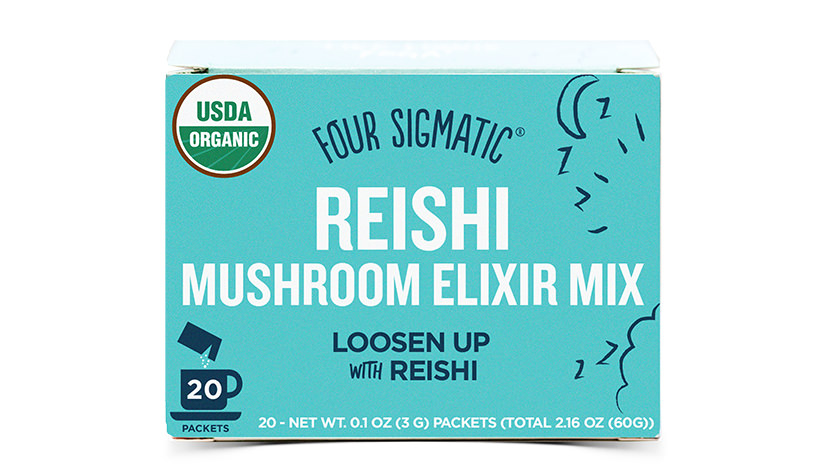Self-Care Surrounding Surgery

When scheduling surgery is necessary, then planning wellness-based pre- and post-operative self-care should be non-negotiable in ensuring a healthy recovery. Having recently undergone surgery, I found that surrendering to my situation, resisting the urge to fast-track life, and cultivating compassion helped keep me at ease in mind, body, and spirit.
Today, I’m fighting fit but the process took time. Here are some of the tools and techniques I used to turn my experience into a healing one.
9 Self-Care Tips to Remember When Scheduling Surgery
1. Eat Healthy-ish
“Let food be thy medicine” – Hippocrates’ centuries-old words still ring true today. During the week prior to surgery, Dr John Layke, a Beverly Hills-based reconstructive surgeon, advises his patients to hydrate, avoid alcohol and caffeine, and adopt a healthy diet.
Eating fewer packaged foods and more fresh produce means minimizing inflammation that can occur during the healing process. To wean myself off caffeine, I stocked up on Four Sigmatic lion’s mane and reishi mushroom elixir sachets, Beaming’s low-sugar green juices, and Tea Forté’s Sipscriptions herbal teas.

As for healthyish foods, some of my go-to’s include walnuts for omega-3 essential fatty acids, blueberries for antioxidants, apples for fiber, and kale salad topped with either an egg or vitamin-rich avocado.
2. Calm Your Mind
Getting a good night’s rest prior to any procedure gives the adrenal glands a break and reduces cortisol levels-one of the hormones that is part of our body’s stress response. But how about preparing for general anesthesia, something I’d personally never experienced but was scheduled to undergo?
Rather than crippling my mind with fear, I decided to take action. A few weeks prior to surgery, I sought the advice of yoga teacher Kia Miller, whose Kundalini practices on YogaGlo I enjoy. She recommended the following online classes: “Seven Waves Sat Nam Meditation,” “Breath to Become Fearless,” “So Hum Meditation,” and “Release and Let GO!” Practicing meditation and pranayama once a day helped to calm me down.
3. Take a Me Day
To curb over-thinking as my surgery date drew closer, I scheduled a pamper session at Burke Williams Day Spa in Hollywood, a one-stop shop for treatments, nail services, and blow-drys.

I am a big fan of their massage treatments. The positive creative visualization I practiced during that treatment helped immensely because prior to going under anesthesia the next day, I conjured those images and ended up falling into a deep sleep.
4. Dance as if Nobody’s Watching
OK, dancing might prove difficult after surgery, but don’t turn into a couch potato. “Ambulating, or moving about, as soon as possible is key,” Dr. Layke says. “Your body will secrete its own ‘pain medicine’ called endorphins.
This also helps patients reduce postoperative issues such as blood clots and breathing complications.” While yoga might seem like light exercise, even the simplest of practices can exacerbate inflammation (I tried it anyway against my doctor’s orders and don’t recommend it). When you’re feeling up to it, take to walking outdoors or on a treadmill instead.
5. Create a Healing Space
Turn the lights on, open the drapes, or do anything else that might ‘shock’ the body out of the dark hiding place patients typically retreat to after a procedure, says Dr Layke. This is similar to “sunlight therapy” which elevates the mood.
Invite nature indoors by bringing home a bunch of flowers or an indoor potted plant-the peace lily or Areca palm are good choices-to enliven the living space.
6. Invest in Comfort
My favorite prop during recovery was a wedge pillow. It helped me sit and sleep without overtaxing my back, neck, and shoulders all while reducing swelling thanks to gravity. Because bed rest meant lolling around in loungewear 24/7, I rotated a few comfortable and lightweight pieces.
Coyuchi makes organic cotton wraparound robes-ideal for less mobile patients-and terry pullovers that mix and match well with that all-time favorite staple: leggings. It’s true that you’ll get more wear out of dark items, but consider buying pastels and bolder colors: a pair of blue-and-red patterned yoga tights had an immediate brightening effect on my mood and complexion.

7. Stock Up on Words, Audio, & TV
Mentally, it’s always good to distract yourself by reading a book or binging on your favorite shows, says Dr. Layke. Heeding his advice, I read lots by Nora Ephron, leafed through magazines (including LA Yoga), listened to Rich Roll’s podcasts, and watched not only comedies – Silicon Valley is still a fave – but also documentaries like What The Health? and dark dramas including The Leftovers and Big Little Lies. Ironically, the latter got me through some sleepless nights.
8. Face Your Inner Monologue
Now is the time to take up free-writing in a journal and put things into perspective. Spending too much time looking inward made me anxious, and writing down my feelings and crazy thoughts allowed me to navigate unfamiliar terrain while facing obstacles head on.
In Sheryl Sandberg’s book Option B, she writes that journaling during a traumatic time became a key part of her recovery (Sandberg’s husband passed away unexpectedly). In addition, for six months each night before bedtime she made a list of three things she’d done well that day, no matter how basic the tasks were because often even accomplishing little things seemed like an achievement.
9. Thank Your Cheer Squad
Woe is me, right? During those seemingly endless hours of suffering, it’s easy to take support teams for granted: the surgeons, patient coordinators, husbands, wives, parents, friends; our sounding boards, need-it-now shoppers, and care givers.
Thanking them is important, an act I didn’t practice right away as I was too wrapped up in my own turmoil and self-analysis. But hindsight is 20/20, and it’s through the words of Marcel Proust- “Let us be grateful to people who make us happy, for they are the charming gardeners who make our souls blossom” – that I grow from and live by.
Source: layoga.com
Click here to read more.
